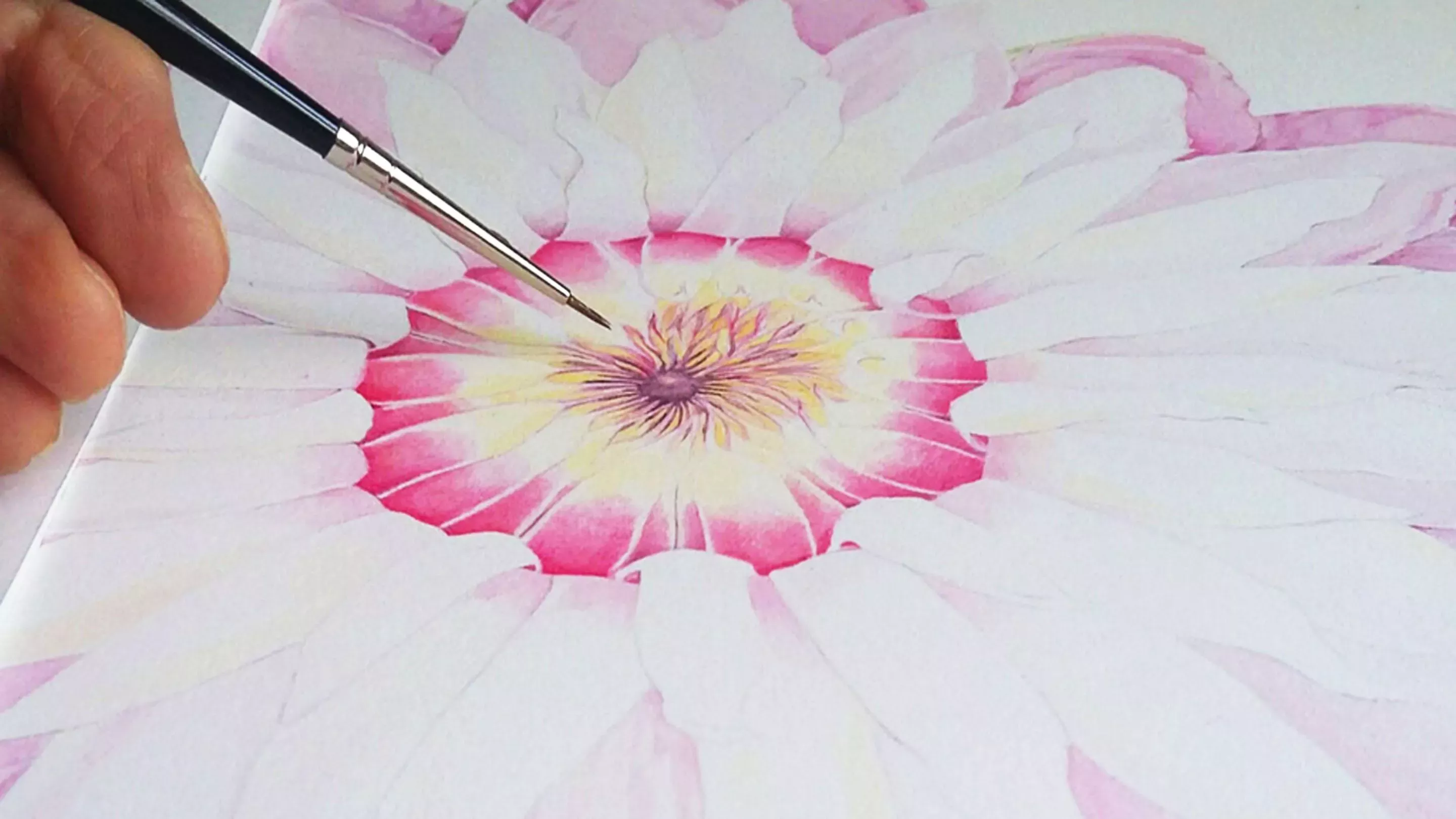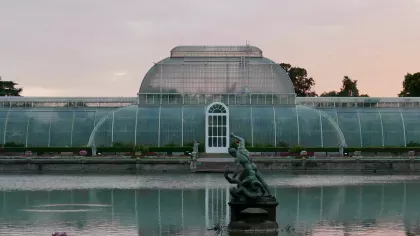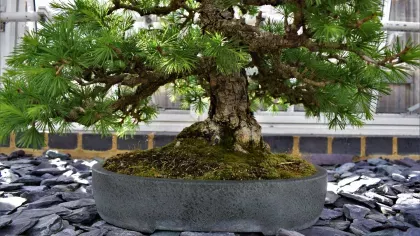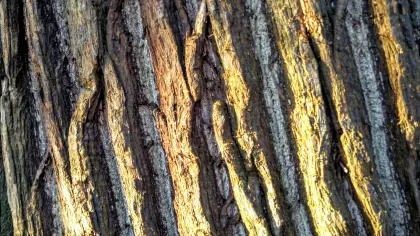7 May 2019
The secrets of the Princess of Wales Conservatory
Discover the extraordinary secrets of Kew’s most complex glasshouse from the Princess of Wales Conservatory Supervisor, Elisa Biondi.

1. Designed by Gordon Wilson, the Princess of Wales Conservatory replaced a group of 26 smaller buildings, including a fernery and a cactus house.
2. Building started in 1982. The glasshouse was hard landscaped in 1985 and planting commenced in 1986.
During construction in 1985, Sir David Attenborough buried a time capsule in the foundation of the building containing seeds of important food crops and several endangered species. It will be opened in 2085, when many of the plants it contains may be rare or extinct. People will be able to use those seeds and understand how much we cared about the future of our planet.
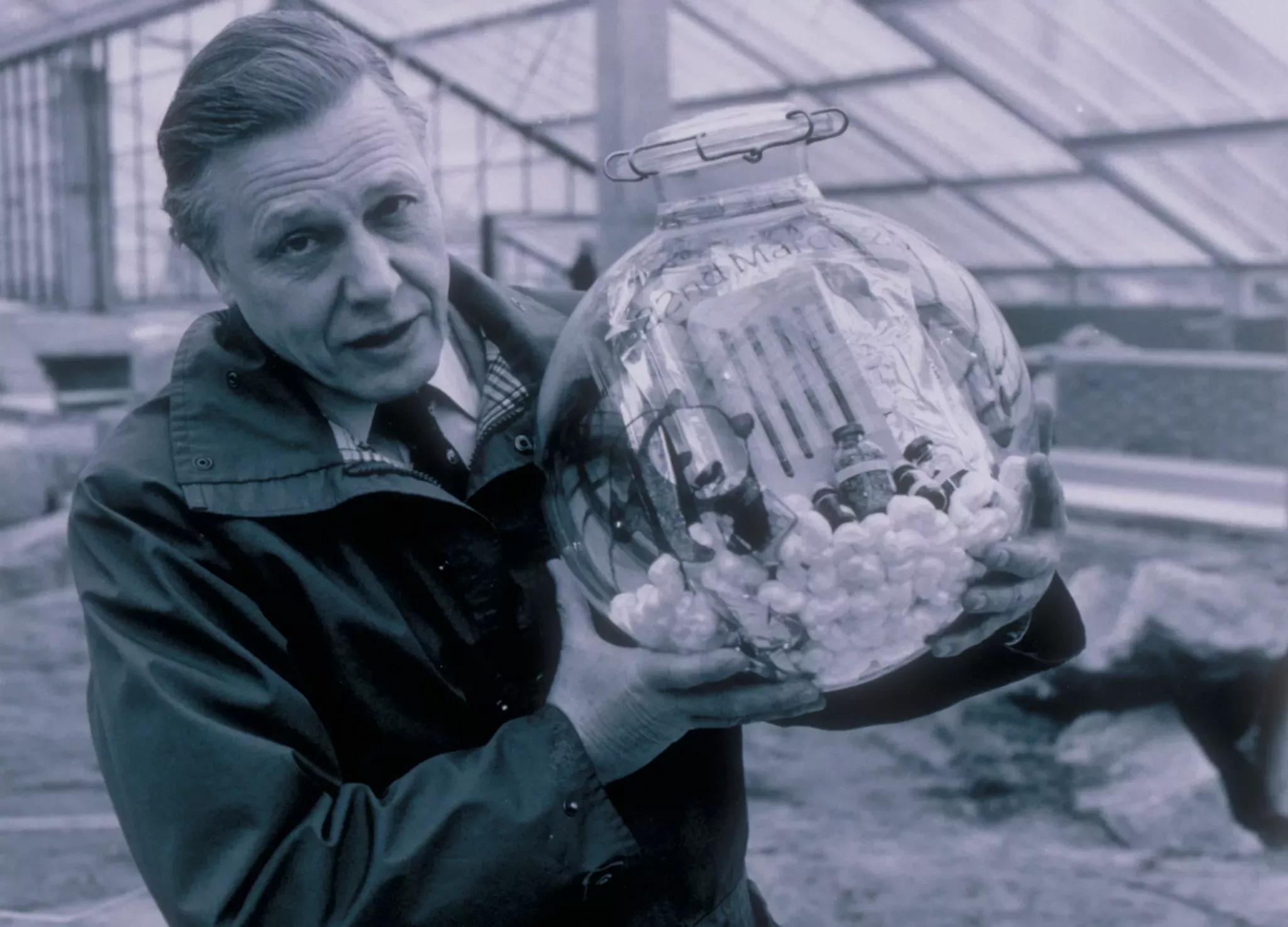
3. Princess Diana opened the conservatory in 1987 but the glasshouse is actually named after Princess Augusta, mother of George III, who founded the Gardens in 1759.
4. With a floor space of 4,500 square metres, the glasshouse contains a whopping 10 different climatic zones and a huge variety of plants, from cacti and carnivorous plants to orchids and bromeliads.
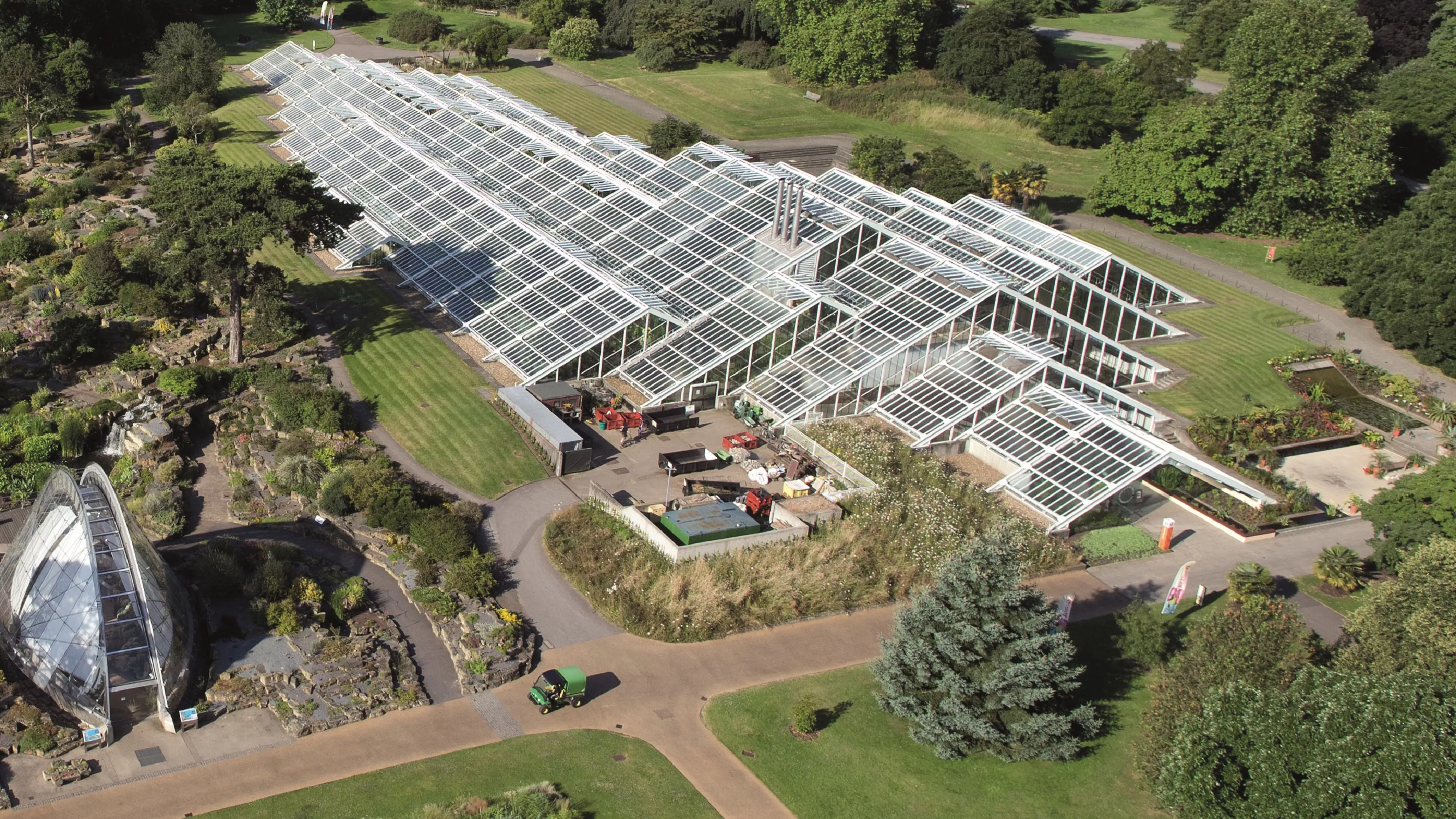
5. Lord Blechnum, Ruellia, CJ, Augusta and Mr. Hui. These are the names of the five Chinese water dragons that live inside the conservatory. The lizards help out our team of horticulturists by eating cockroaches and other unwanted bugs. We also supplement their diet with morio worms and mineral powders.
6. The glasshouse is also home to many fish that live in the aquatic tanks and pond. The oldest species we have is a redtail catfish that is as old as the conservatory itself.
7. Our Princess of Wales Conservatory team is made up of three horticulturists looking after the main collection and two aquarists taking care of our animals and aquatic plants. We also have diploma students, apprentices and special certificate students working with us for about three months each, along with six volunteers.
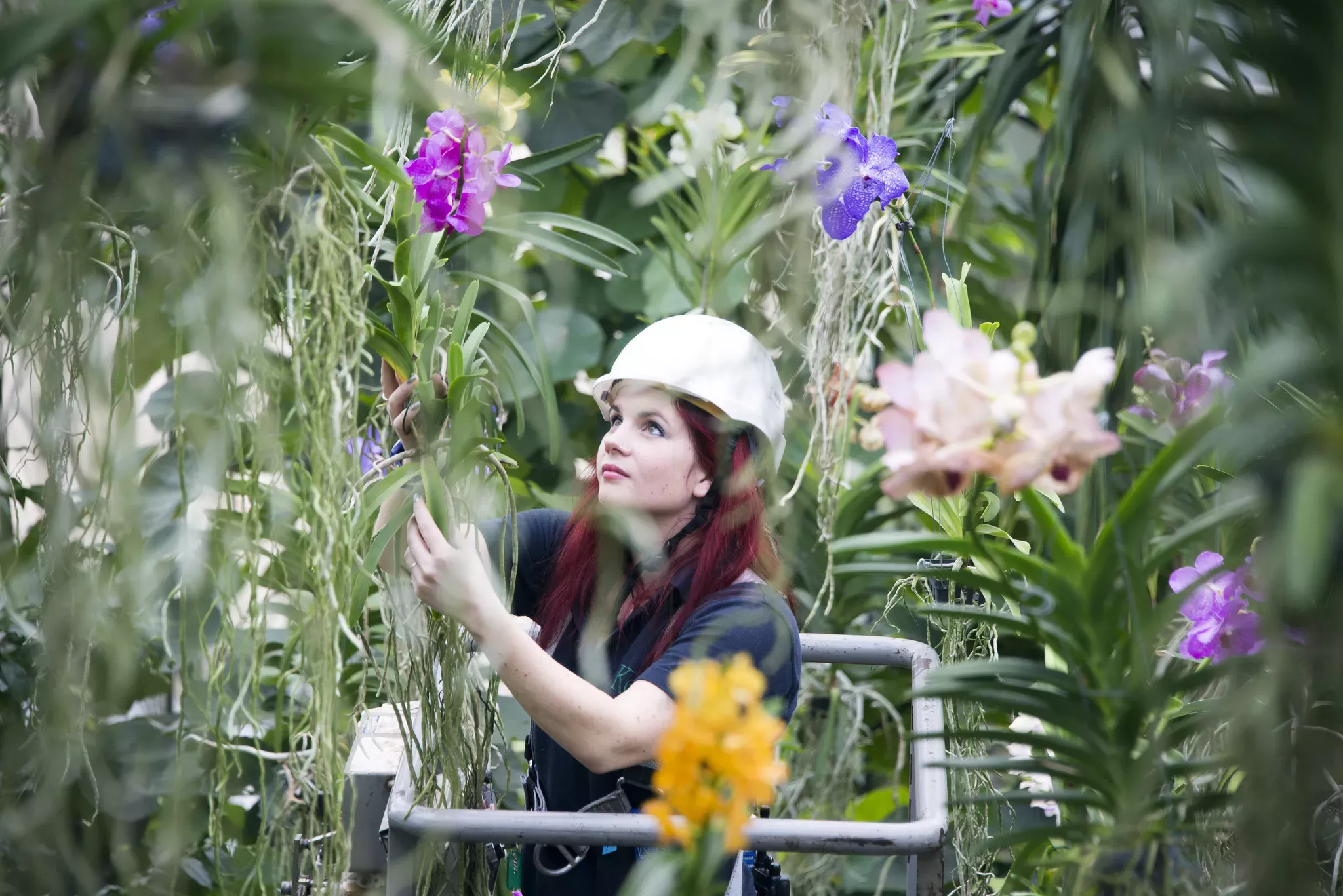
8. Each of the 10 climatic zones, from the cool desert to the tropical mountain and rainforest, is maintained by a computer which adjusts heat, ventilation and humidity automatically. Hot water pipes are used for heating.
9. On warm summer days it can get pretty hot inside the conservatory as there is no real canopy. This can be a challenge for our team. In winter things are more complicated as it's warm in the tropical zones but only around 15 degrees in the temperate ones, so we're constantly taking our jumpers on and off.
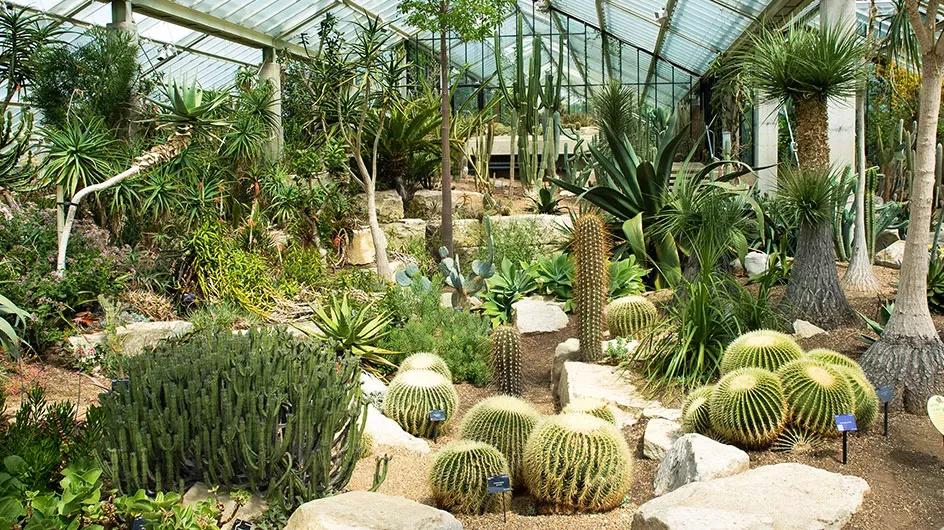
10. The temperate zones are the most challenging to maintain in terms of watering the plants, especially when the weather is a bit unsure.
We have three tanks collecting rainwater under the glasshouse. All the water we give to our plants is purified by reverse osmosis.
The orchid, succulent and carnivorous zones are tricky as they require extra knowledge and care to look after such specific plants.
11. As the glasshouse is like a labyrinth with many level changes, glass partitions and columns, it can be difficult to carry out certain tasks such as pushing wheelbarrows, using ladders and moving heavy plants around. So a lot of planning is needed.
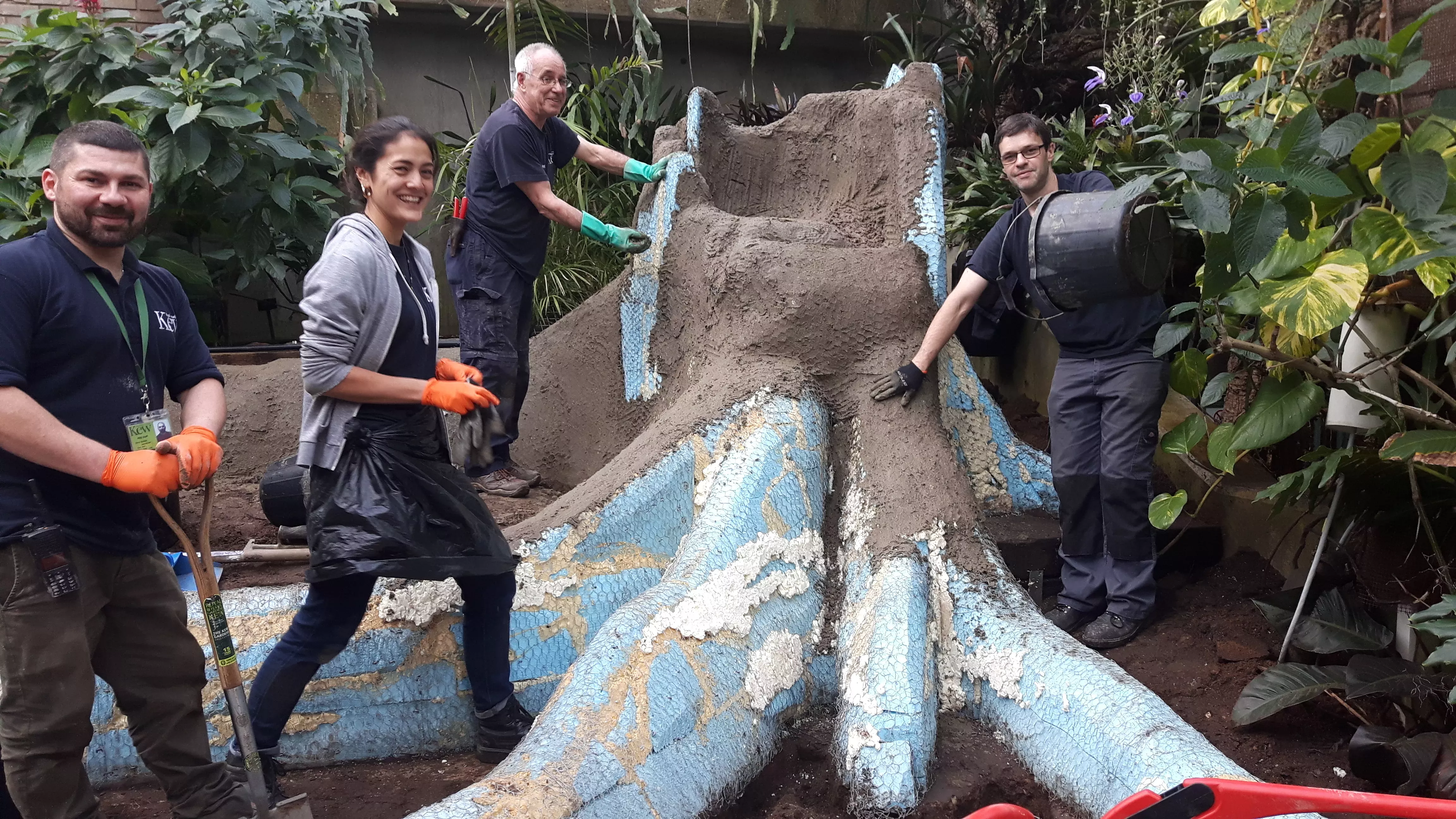
12. The conservatory sits below ground to conserve heat and has a low volume compared to floor space so temperatures can be altered rapidly, while its specially designed stepped glass roof effectively collects solar energy.
13. The Princess of Wales is home to many iconic and astonishing plants. The carnivorous Venus flytraps (Dionaea muscipula) can engulf an insect in under half a second. In the wet tropical zone, the giant waterlily (Victoria amazonica) is grown from seed each year and reaches up to 2.8 metres in width. We also grow the world’s smallest waterlily, Nymphaea thermarum, which sadly became extinct in the wild.
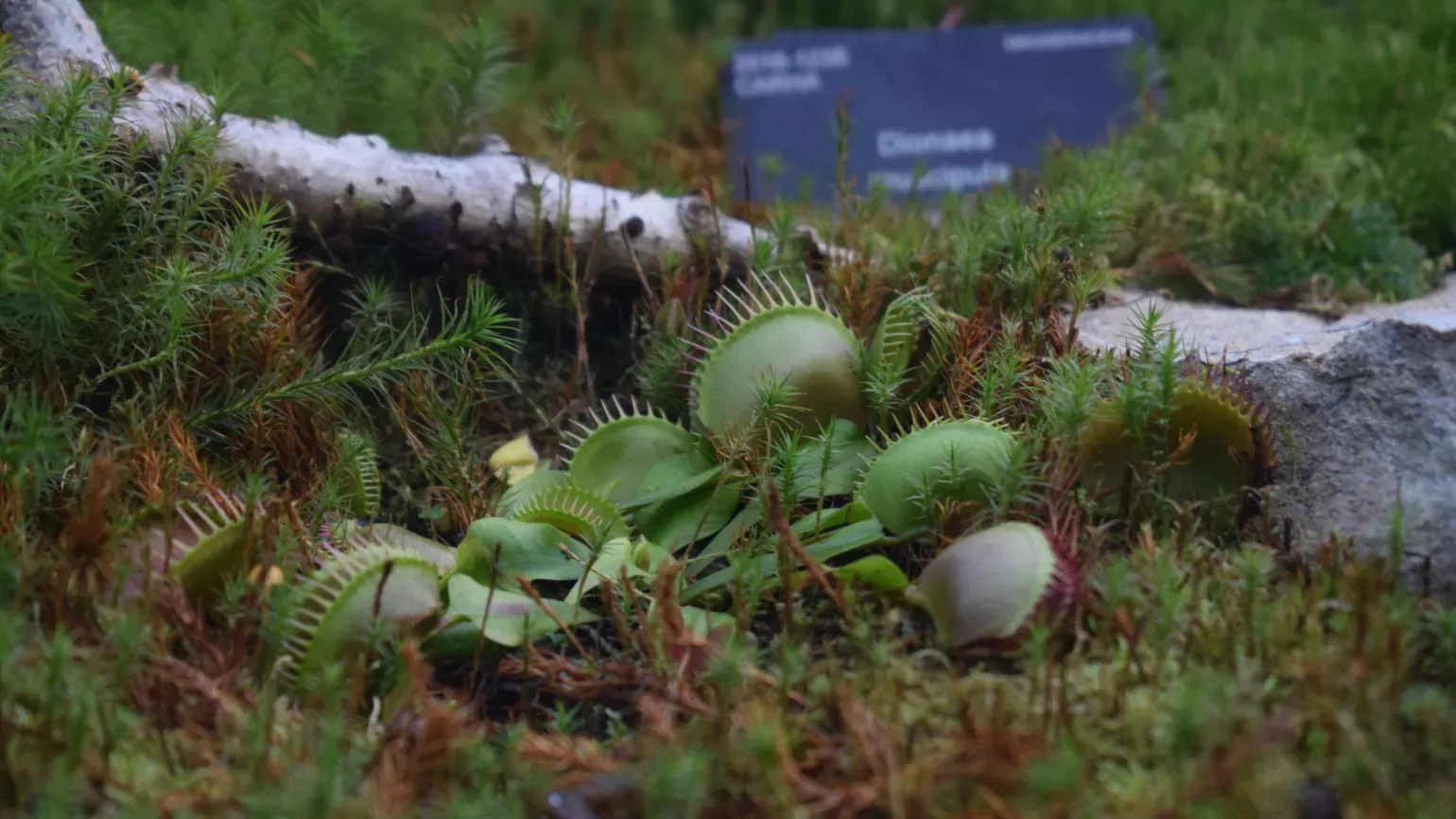
14. Perhaps one of our most iconic specimens is the titan arum (Amorphophallus titanium) from western Sumatra. Nicknamed the 'corpse flower', the plant doesn’t come with the sweet fragrance you might expect from a flowering plant but instead smells like rotting flesh when in bloom, able to attract insects from large distances.
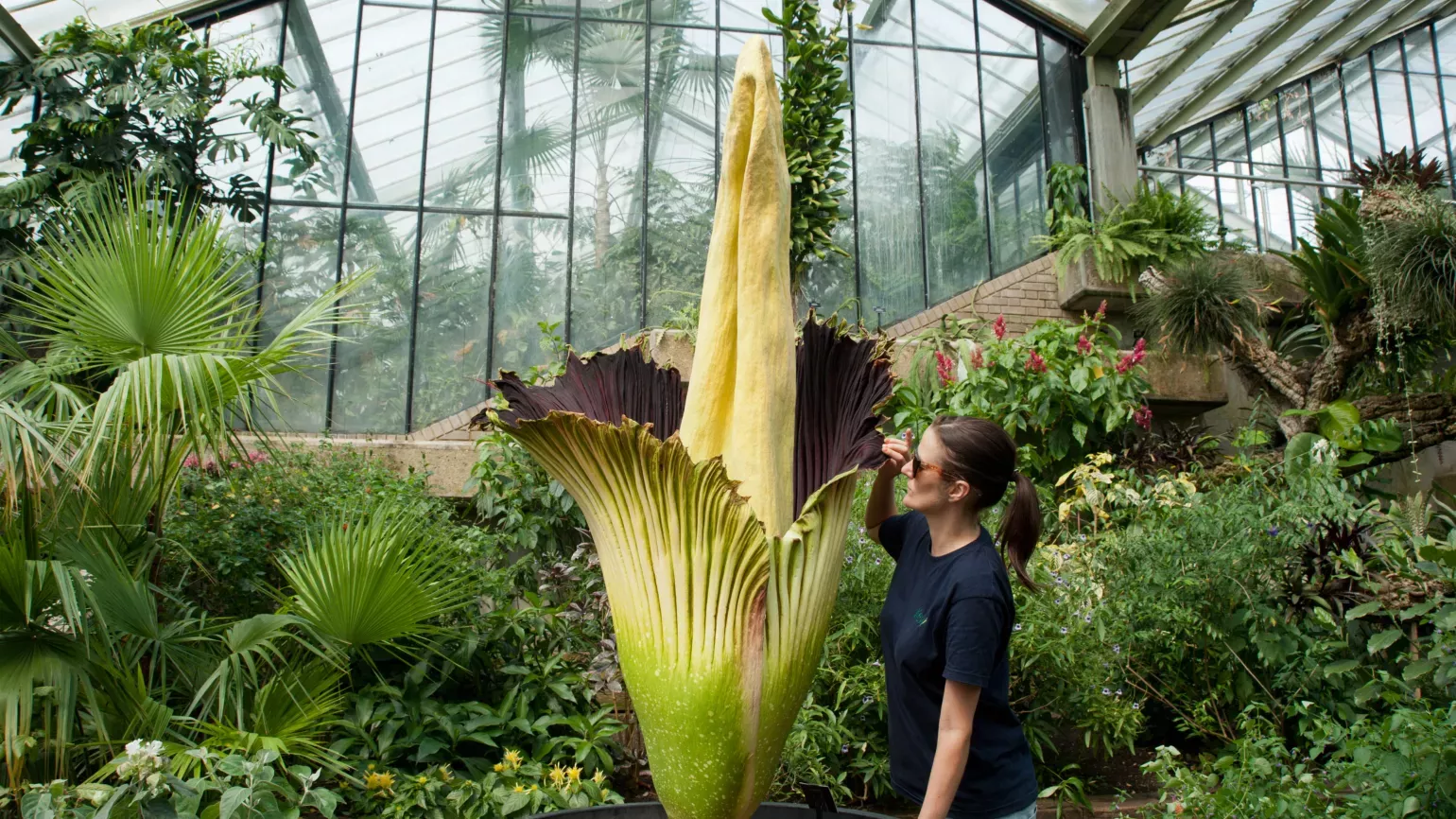
15. Our scientists discovered a new plant species that was already growing in the Princess of Wales Conservatory. Isoglossa variegata, a plant restricted in the wild to the East Usambara and Nguru mountain ranges in Tanzania, was first collected by Albert Peter in 1914.
In 1950, the species was still undescribed so Kew's East Africa Botanist Dr Bernard Verdcourt wrote 'name urgently desired'.
In November 2006, Dr Iain Derbyshire of the Herbarium noticed the plant already in our conservatory after being donated by Mariette Manktelow. The plant was finally officially described almost 100 years after being first collected!
16. Brownea grandiceps is our biggest tree in the glasshouse. It comes from Venezuela and produces impressive pink pom-pom-like inflorescence while the new leaves look old and unappetising in order to avoid being eaten.
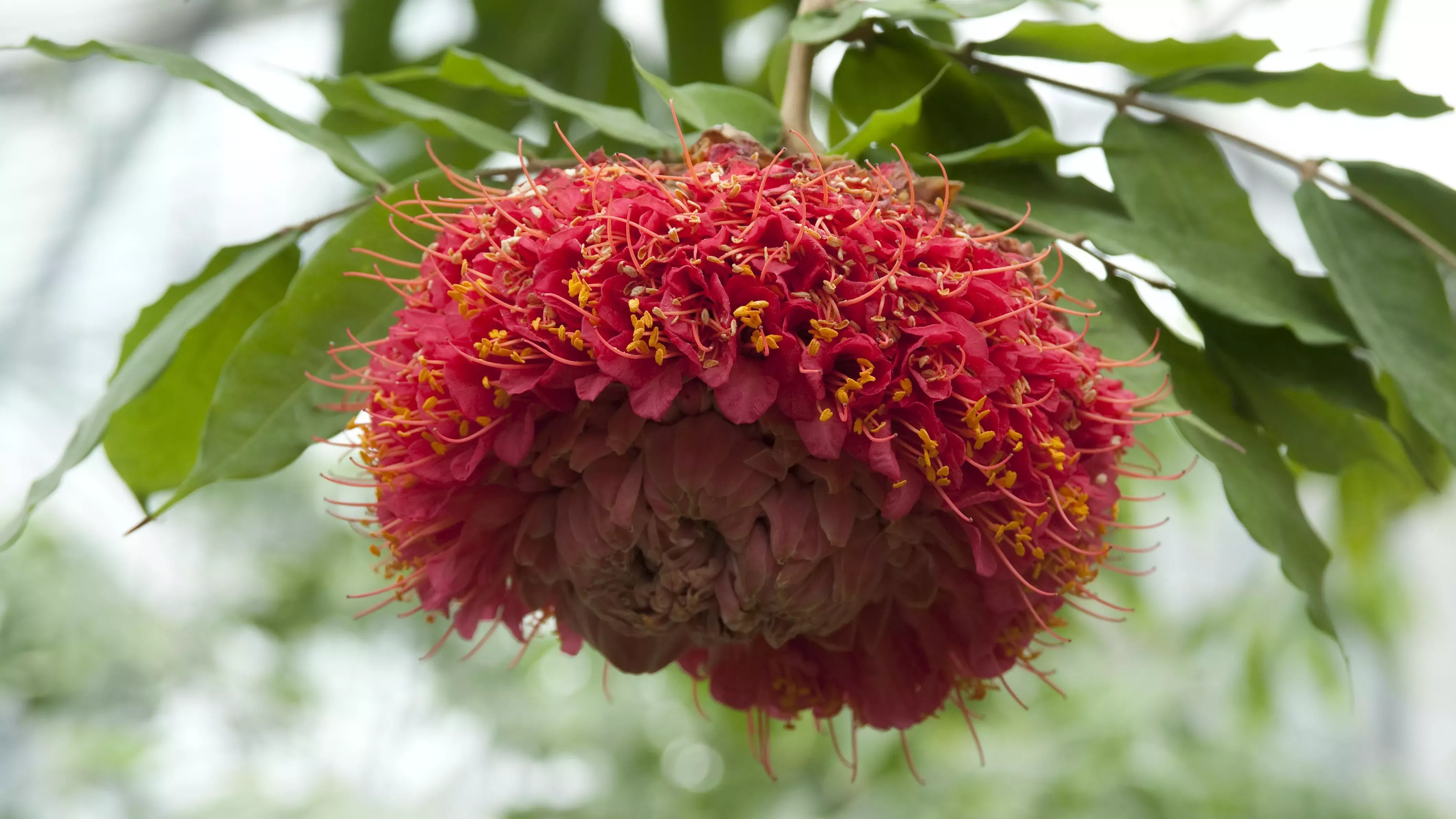
17. One of the most challenging plants to care for is the mangrove. In the wild, mangroves are very important natural coastal buffers. They also act as 'nurseries' for baby animals and recycle nutrients. In our climate they only grow healthy if the water is warm and they are quite challenging to prune as they do not rejuvenate from old wood.
18. Botanical artist Lucy Smith visits the conservatory to meticulously draw the flowers of our Victorias, the giant waterlilies. We even have a WhatsApp group to let her know when the flower is about to open so she can come and stay overnight.
